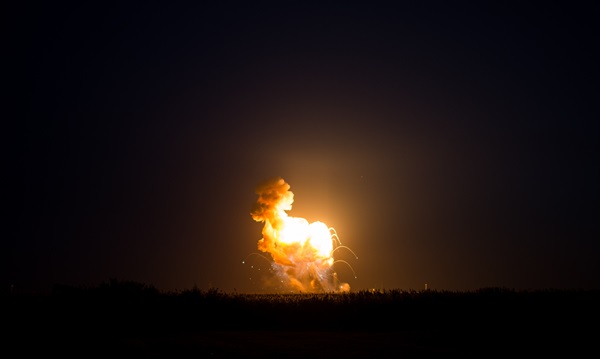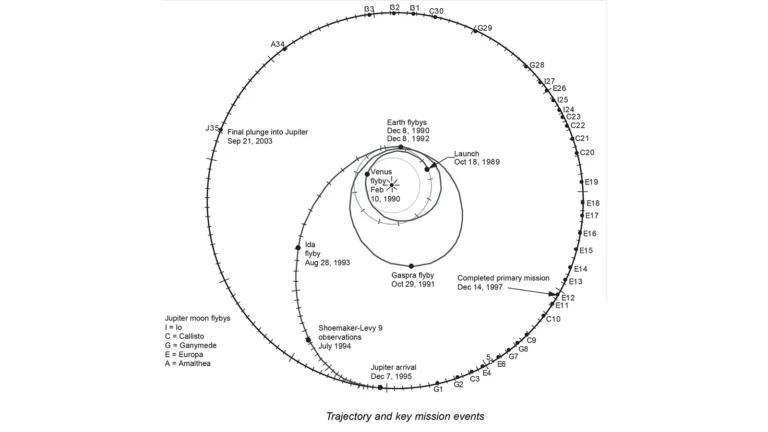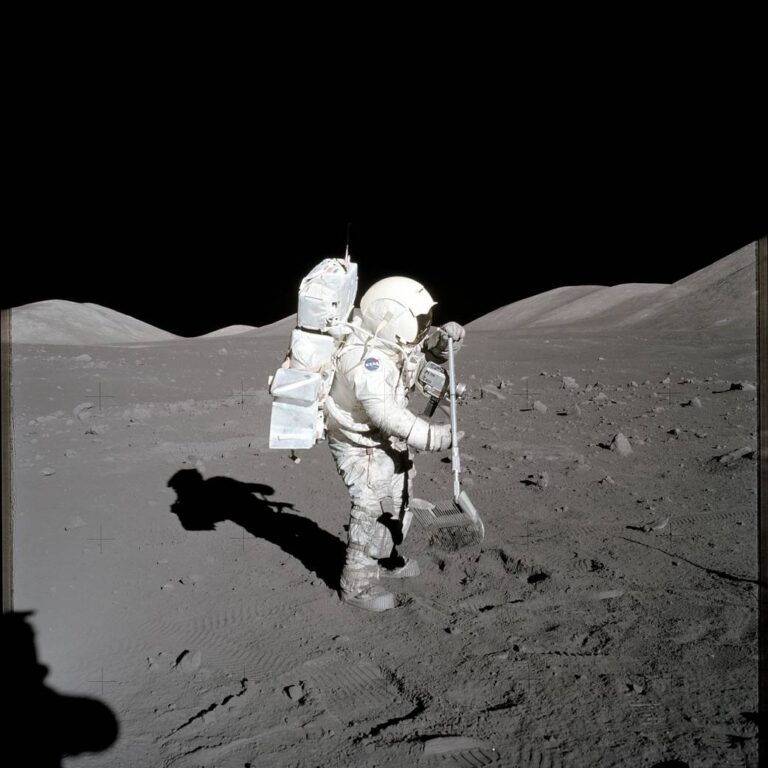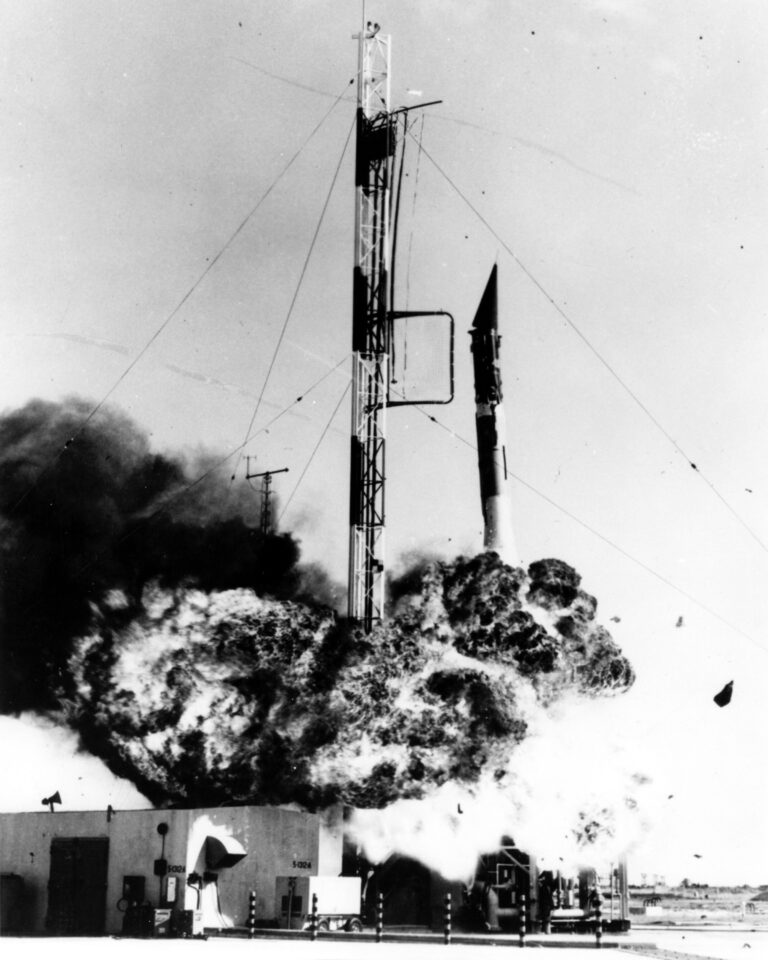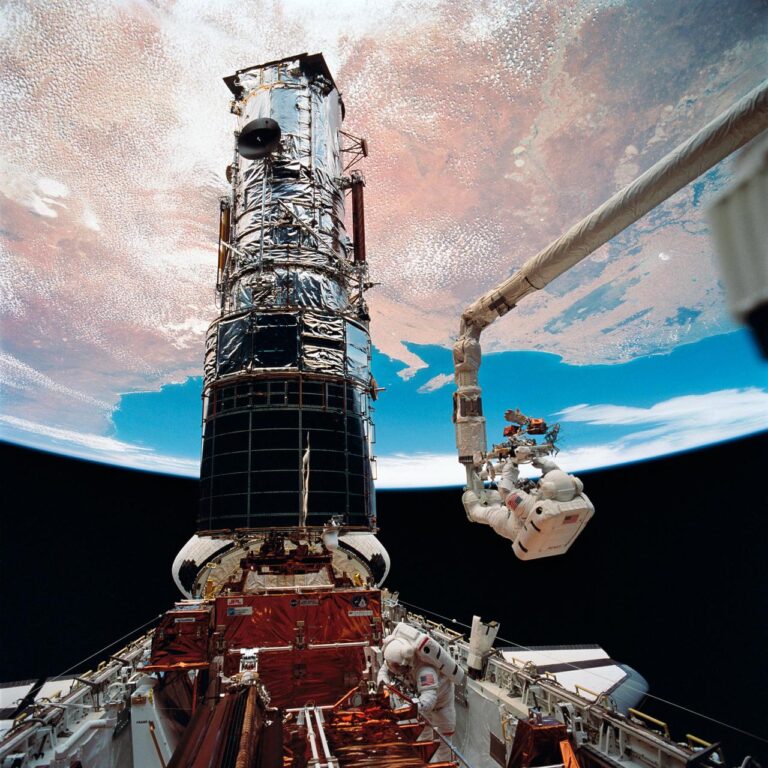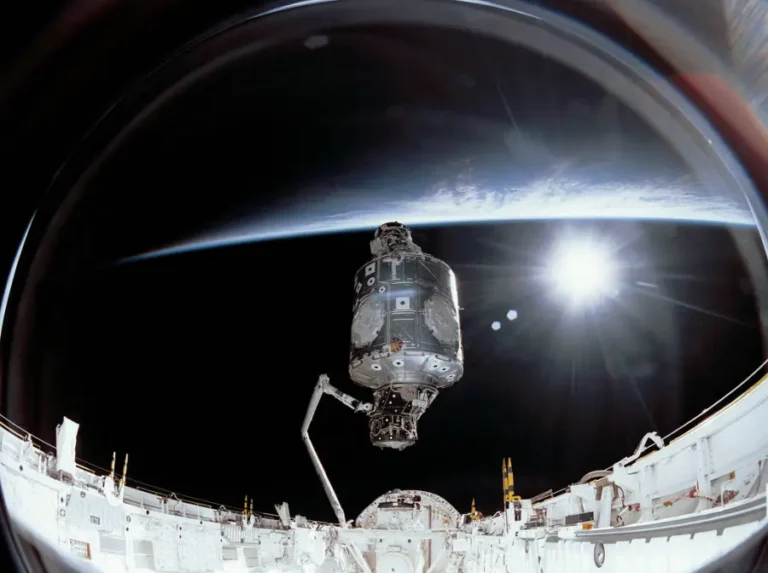Key Takeaways:
October 28 was supposed to mark Orbital Sciences’ third contracted cargo supply mission to the International Space Station (ISS). But just seconds after liftoff at 6:22 p.m. EDT from NASA’s Wallops Flight Facility in Virginia, the company’s Antares rocket suffered what the space agency has labeled a “catastrophic anomaly.” The rocket exploded in a massive fireball over the Mid-Atlantic Regional Spaceport Pad 0A. It was carrying the Cygnus spacecraft, which was filed with about 5,000 pounds (2,200 kilograms) of supplies for the ISS, including food, science experiments, and spare parts. The mission was unmanned, and NASA and Orbital Sciences report no injuries from ground crew.
Following the liftoff failure, NASA released the following statement from William Gerstenmaier, associate administrator of NASA’s Human Exploration and Operations Directorate: “While NASA is disappointed that Orbital Sciences’ third contracted resupply mission to the International Space Station was not successful today, we will continue to move forward toward the next attempt once we fully understand today’s mishap. The crew of the International Space Station is in no danger of running out of food or other critical supplies.
“Orbital has demonstrated extraordinary capabilities in its first two missions to the station earlier this year, and we know they can replicate that success. Launching rockets is an incredibly difficult undertaking, and we learn from each success and each setback. Today’s launch attempt will not deter us from our work to expand our already successful capability to launch cargo from American shores to the International Space Station.”
Find more NASA photos from the mission on the space agency’s Flickr page.

